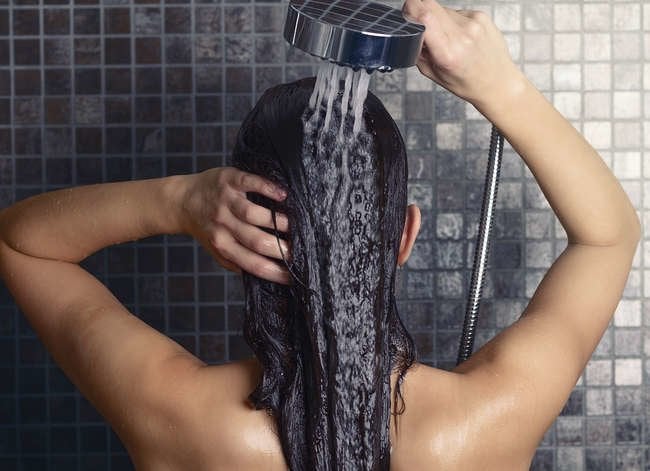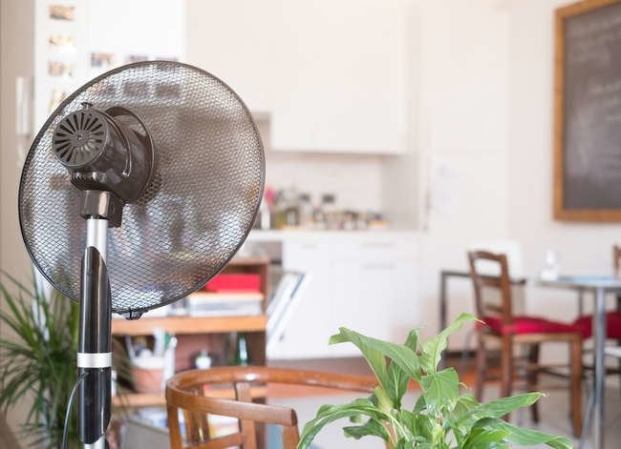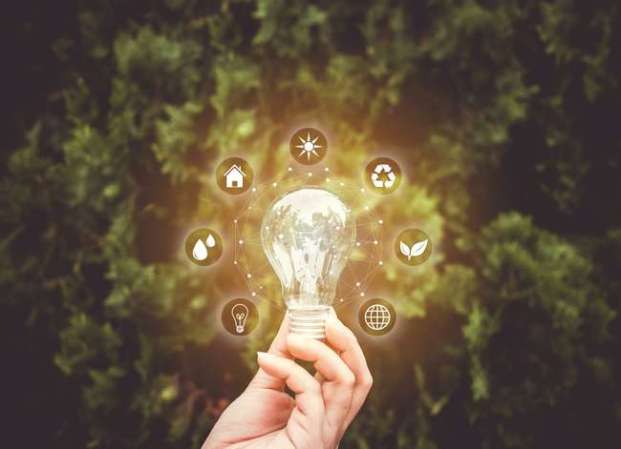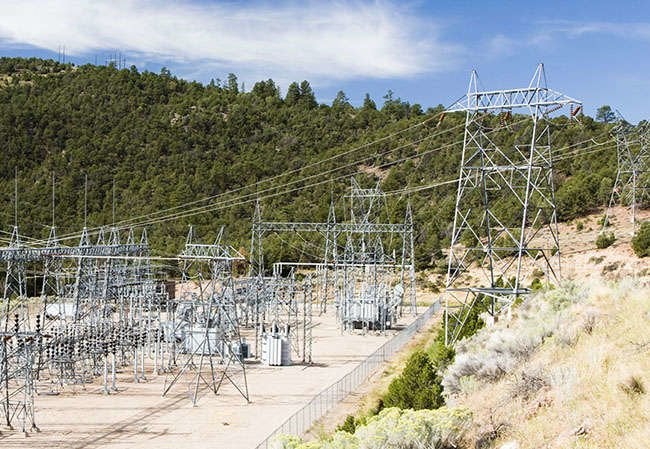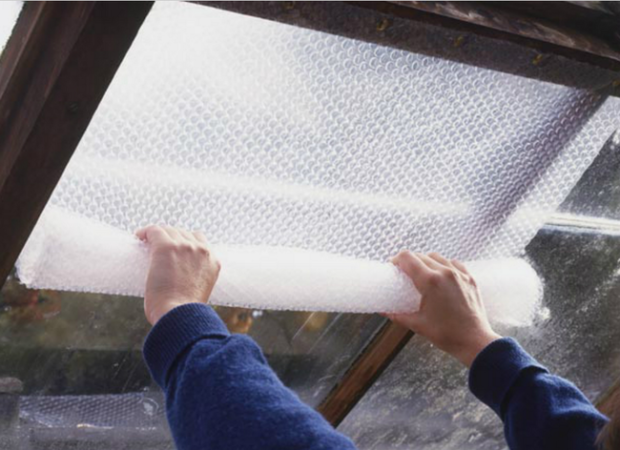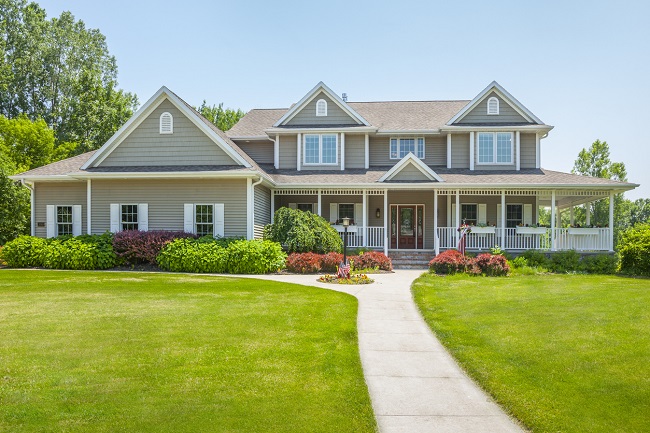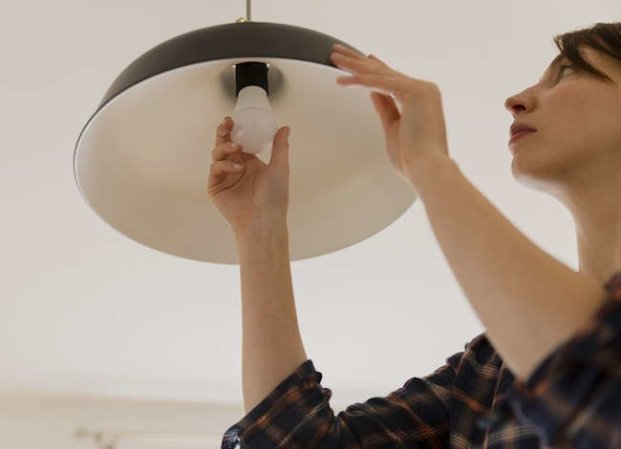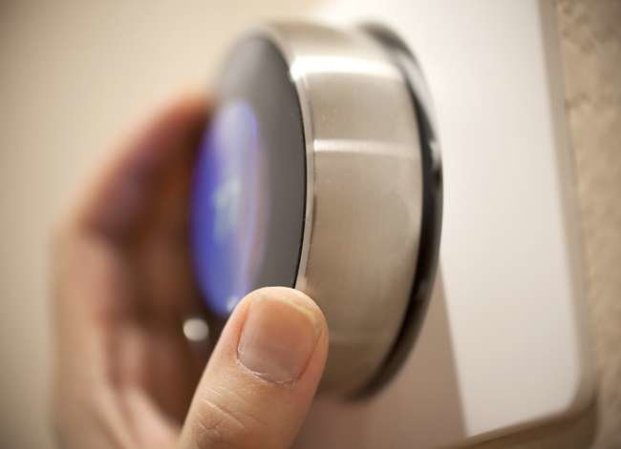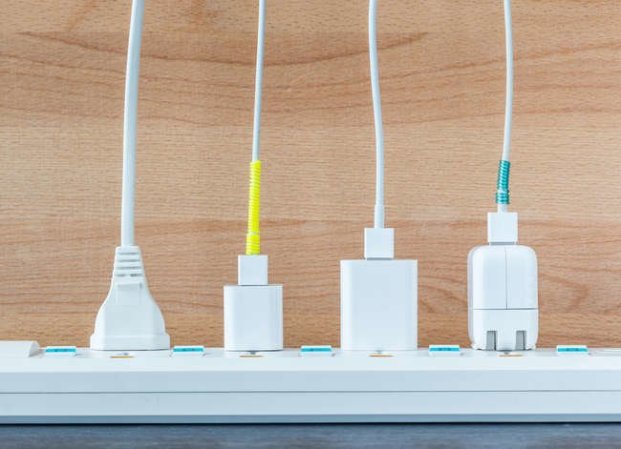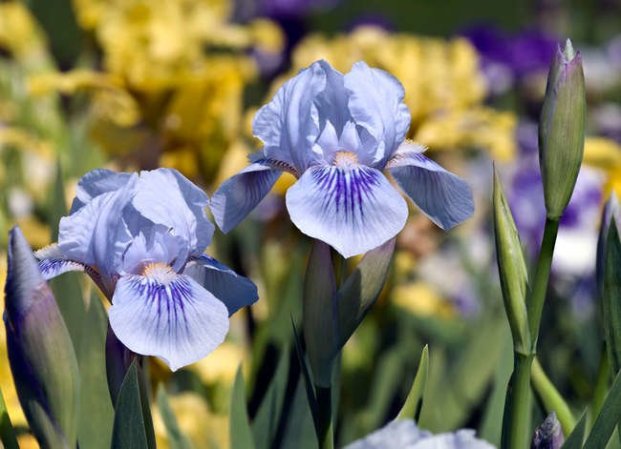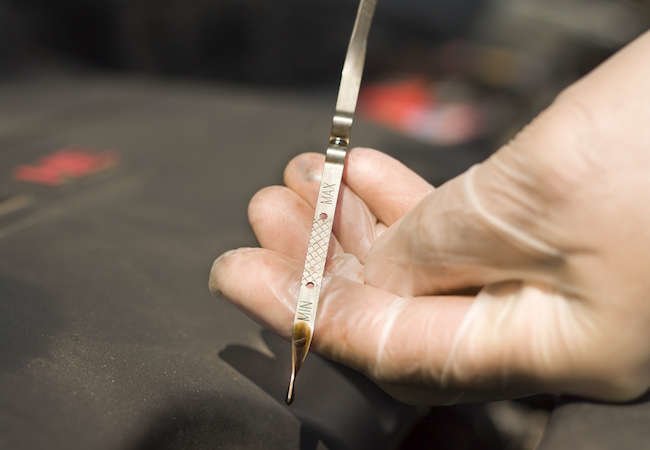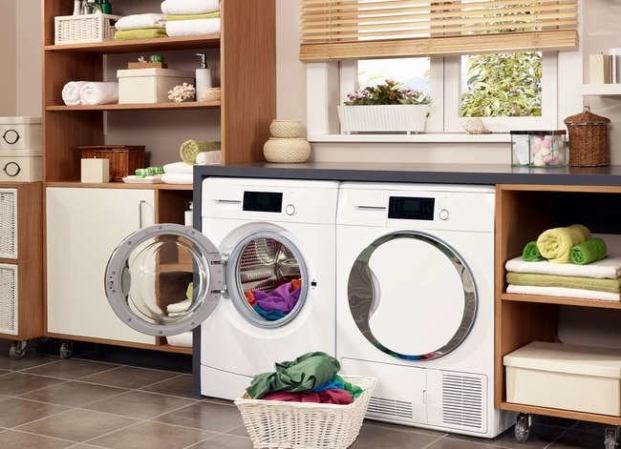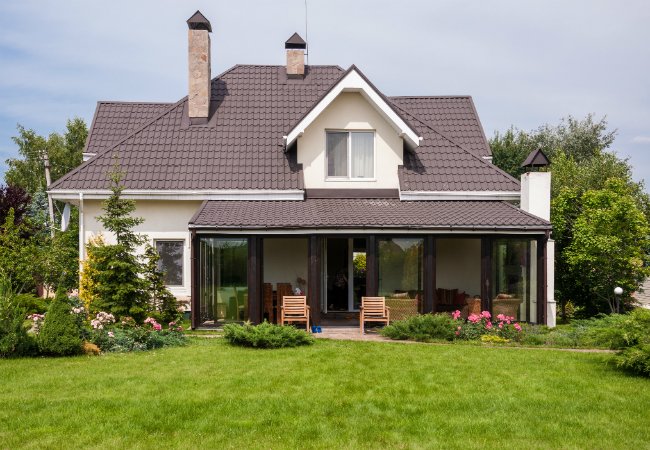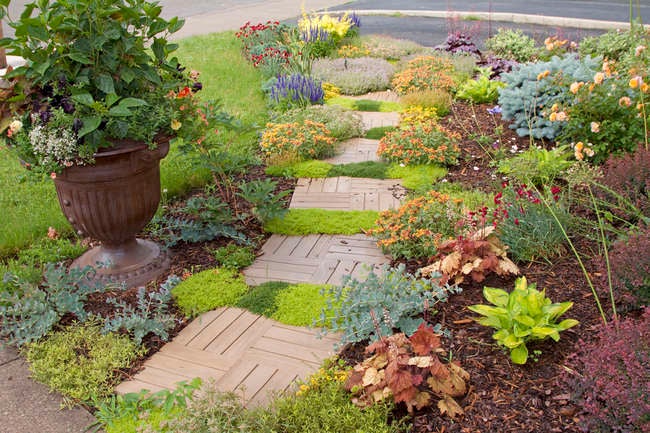We may earn revenue from the products available on this page and participate in affiliate programs. Learn More ›
Replace Those Guzzlers
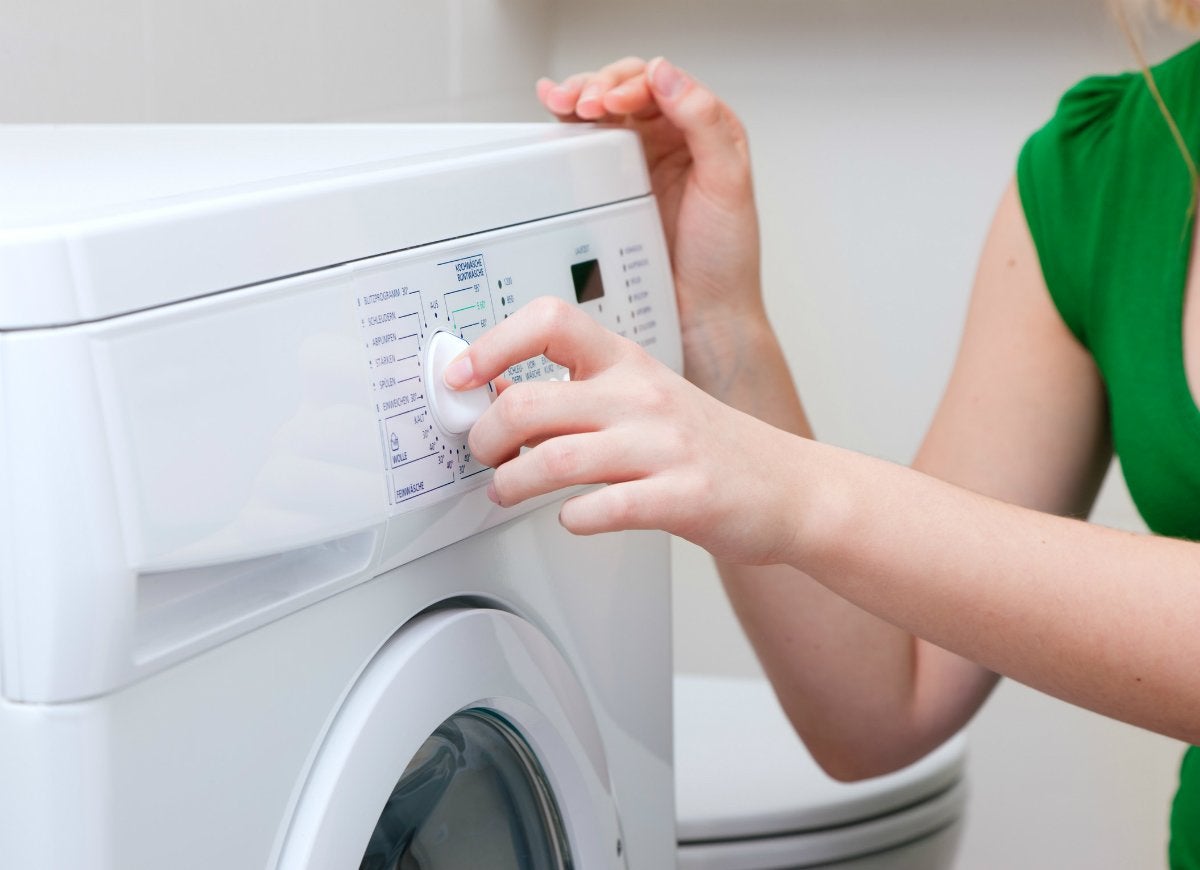
A lower water bill starts with newer, more efficient appliances. When shopping for new washers, pay close attention to the labels that indicate the efficiency of the machine. Look specifically for the WaterSense and Energy Star seals, which indicate that the machine runs on 35% to 50% less water and 50% less energy per load. Consider purchasing a front-loading washer, which uses substantially less water than a top-loading model.
Related: 11 Things You Didn’t Know You Can Clean in Your Washing Machine
Invest in New Faucets
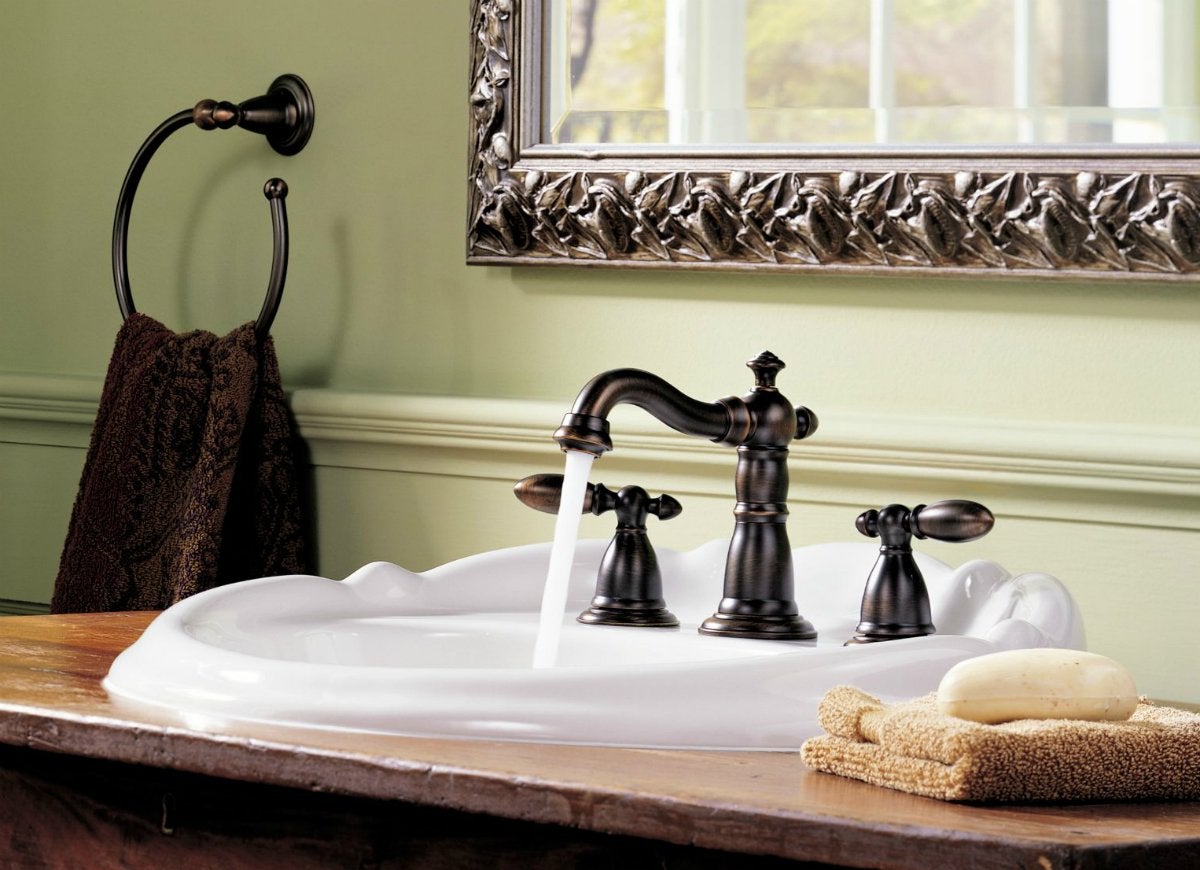
We’ve all heard that turning off the faucet while brushing our teeth saves water, but did you know you can also conserve while the tap is running? To do this, install an aerator or a WaterSense-certified faucet. These models reduce the flow without compromising performance and are 30% more efficient than standard faucets. Here’s a little food for thought: If one in every 10 American homes installed WaterSense faucets, it could save 6 billion gallons of water and more than $50 million in energy costs.
Load It Up

No matter what kind of fixtures and appliances you own, you can employ tips and tricks to make the most of them. For example, only run a dishwasher once it is fully loaded, and don’t bother pre-rinsing dishes. Believe it or not, running a full load is more water-efficient than washing by hand. If you do wash dishes by hand, though, plug up the sink and use a wash basin to conserve water.
Skip the Rinse
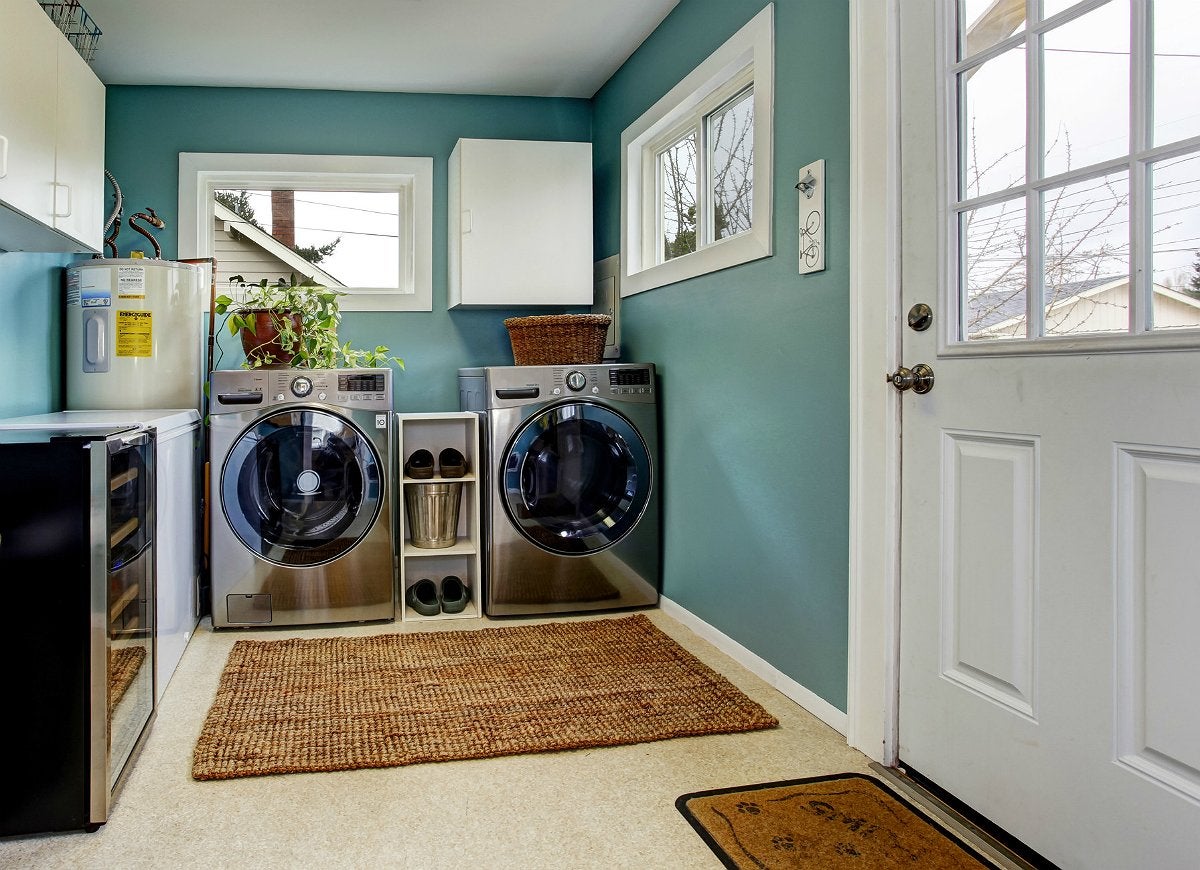
In the laundry room, always wait until you have a full load to run the washer. Skip the permanent press cycle, which uses an extra 5 gallons of water for the additional rinse cycle—if you need an extra rinse, you may need to cut back on laundry detergent. These minor changes can save hundreds of gallons a month.
Investigate Leaks
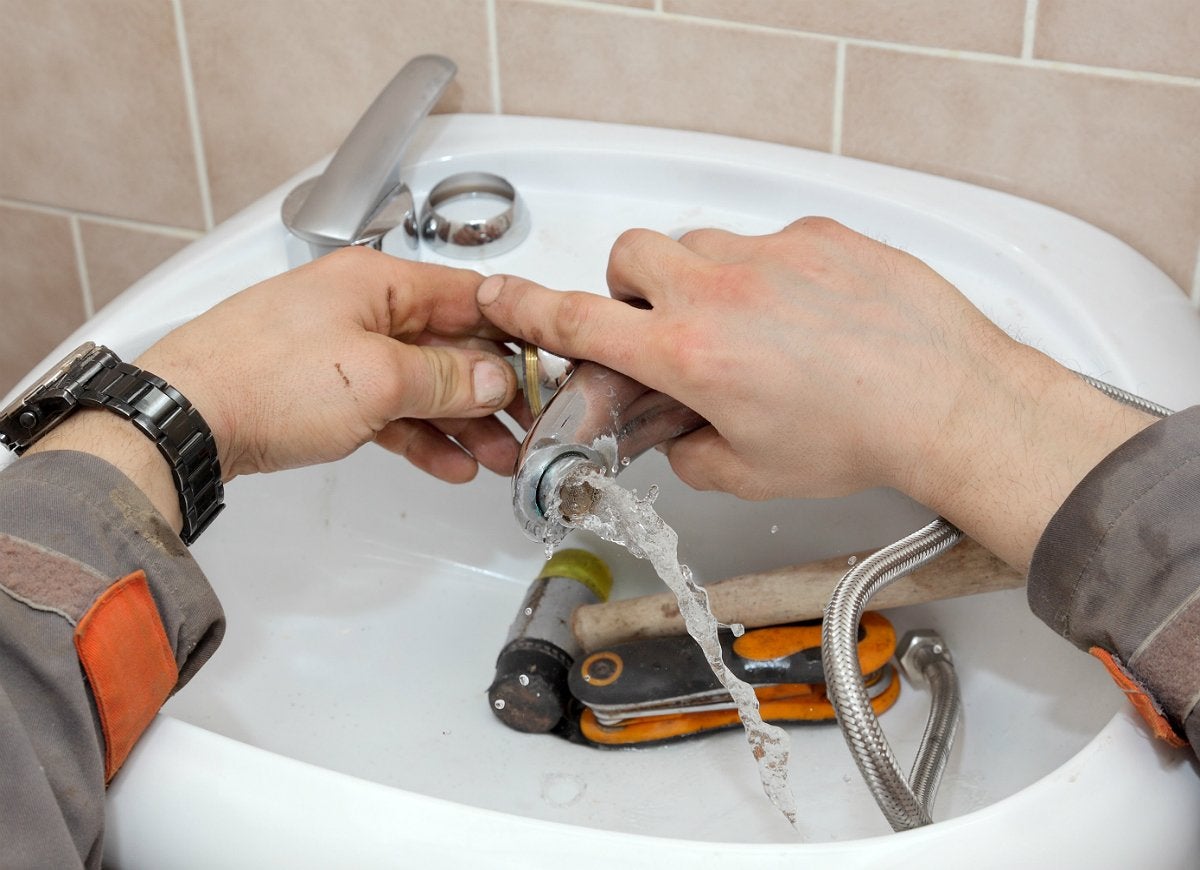
Small leaks, like running toilets, could be dumping gallons of water down the drain every day. You’ll want to fix this any other leaks as soon as you spot them. To determine whether or not your toilet has a leak, ad 5 drops of food coloring to the tank. If the bowl changes color after 10 minutes, there’s a leak.
Turn it Off
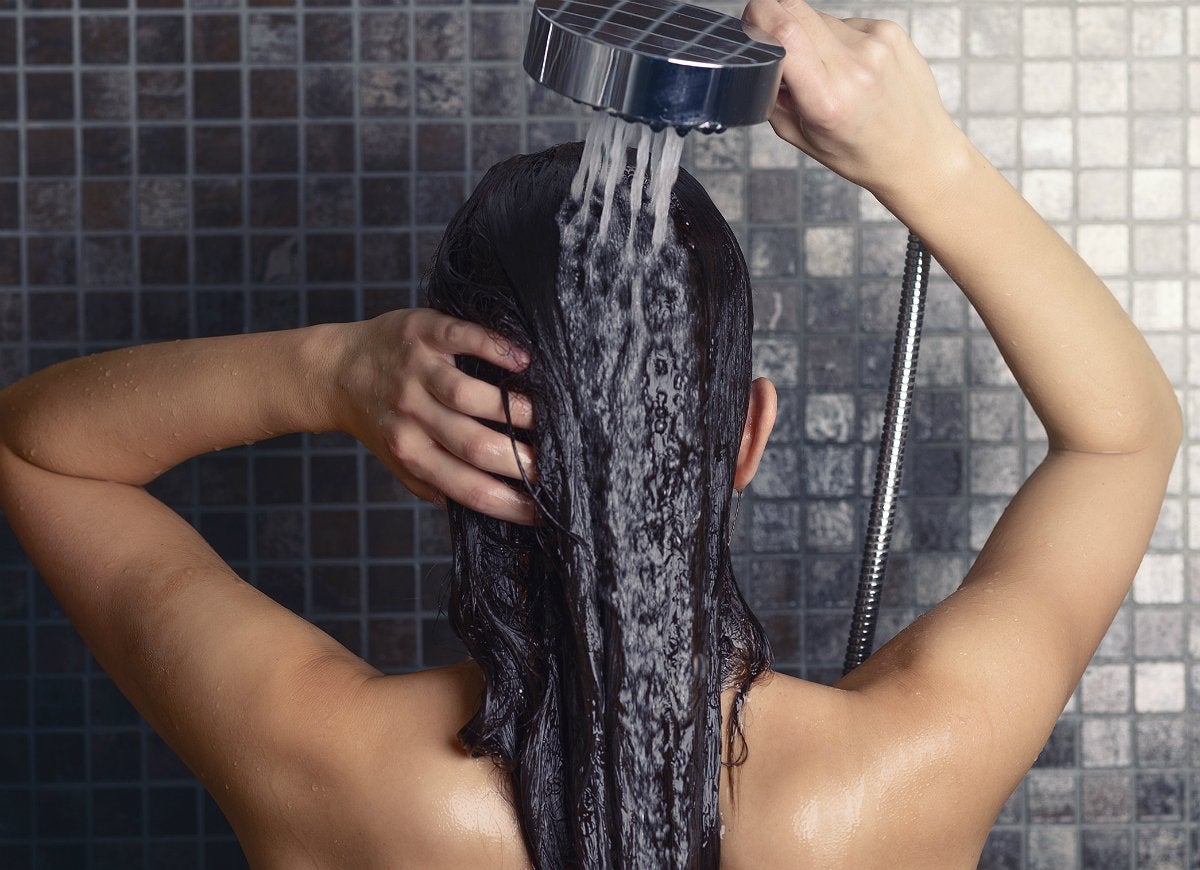
Save water in the shower by turning off the flow while you lather up or condition your hair. When you’re ready to rinse, switch it back on. Adding this step to your morning routine will wipe out a lot water wastage.
Save Soda Bottles
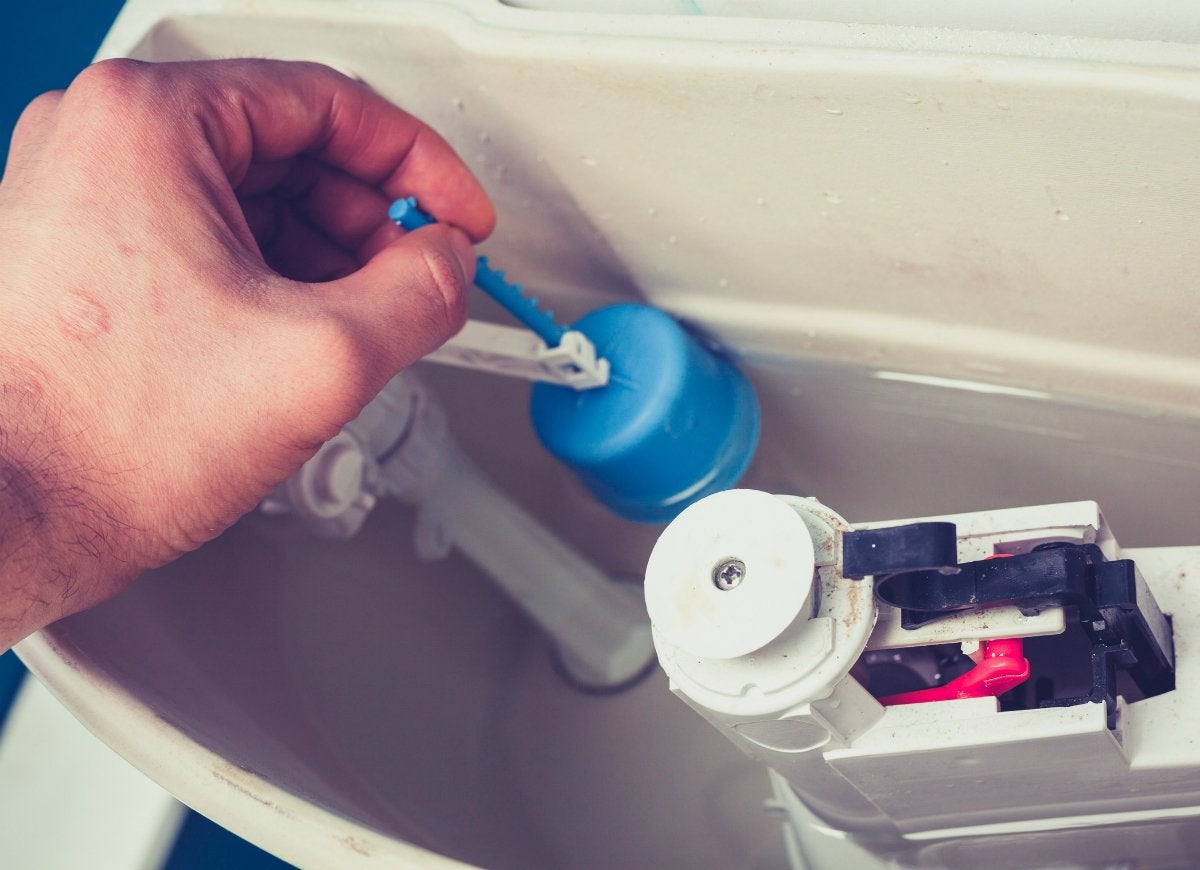
Another way to reduce water waste in the bathroom is to add plastic bottles in your toilet tank. These bottles take up space in the toilet tank that would otherwise be refilled with water after every flush. The result is that you can reduce the amount of water you send swirling down the drain. To do this, take two plastic soda bottles and put an inch or two of sand or pebbles inside to weigh them down. Fill the bottles with water, screw the lids on, and put them in the toilet tank, making sure that they are away from any moving parts or operating mechanisms. Alternatively, you could purchase an inexpensive tank bank or float booster.
Related: 5 Things to Do with… Plastic Bottles
Compost More, Dispose Less
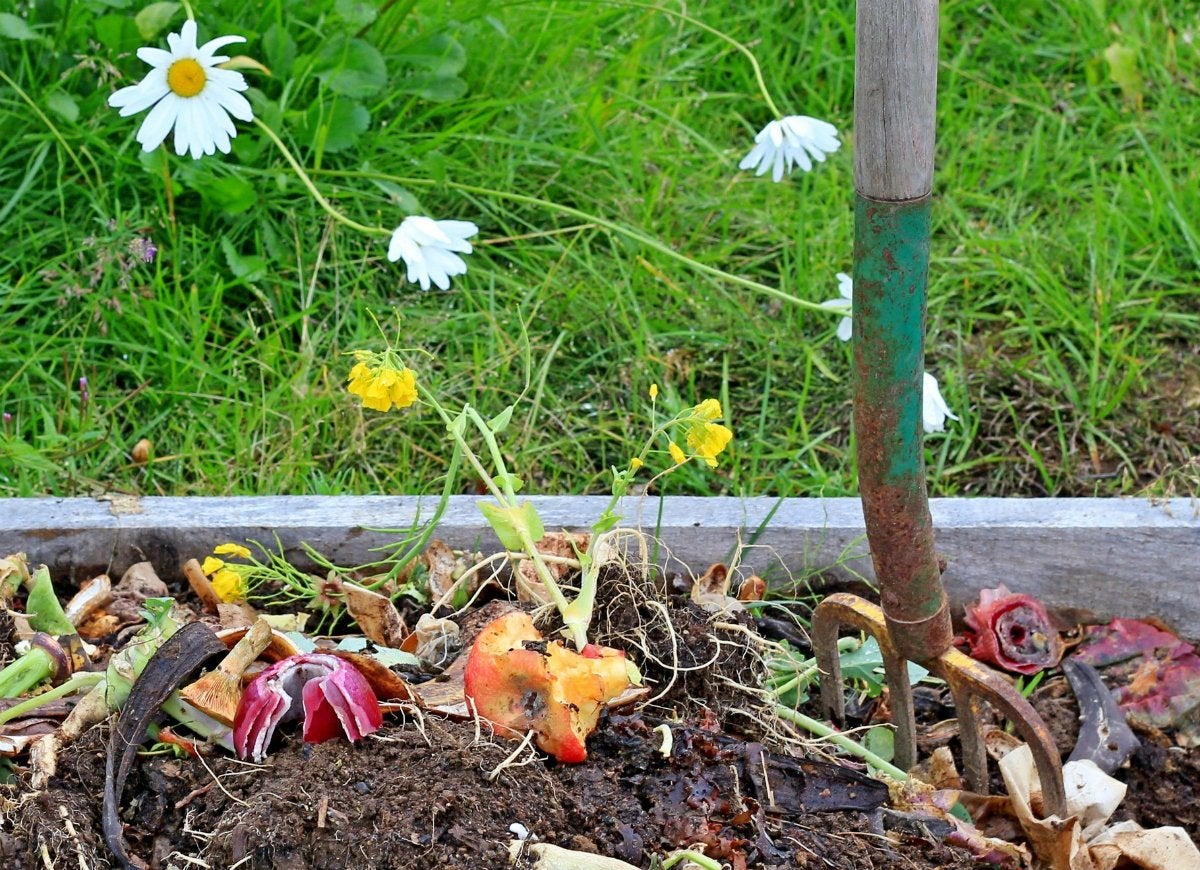
Garbage disposal units require a large volume of running water to operate properly, and in homes with septic tanks, can substantially increase the volume of solids, leading to maintenance problems down the road. Instead of sending food scraps down the sink, start a compost pile. Not only will it save gallons of water every day but it’s a useful (and free) garden enhancer.
Sweep More
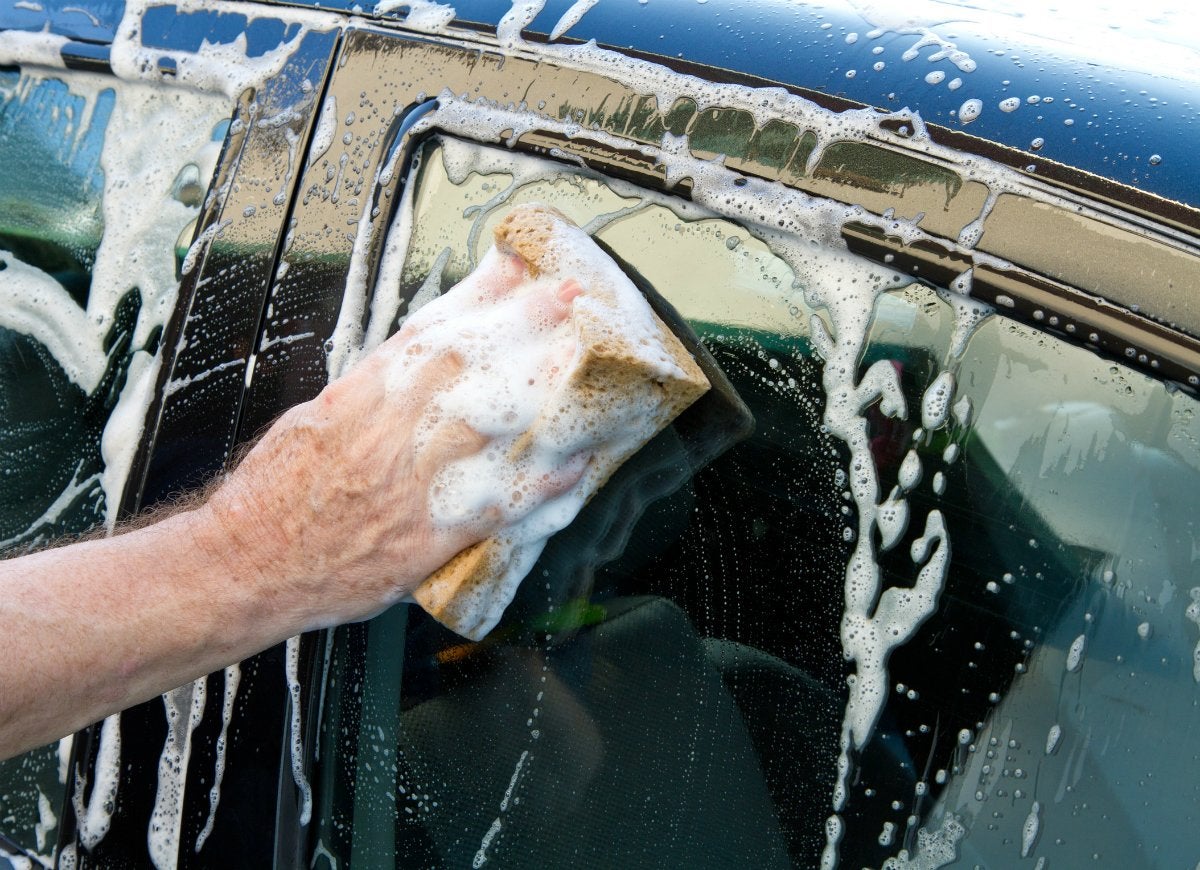
When working outdoors, use the hose sparingly. Instead of spraying down dirty driveways, sidewalks, and steps (which takes an average of 50 gallons per use), sweep away dirt and debris with a push broom. When washing the car, turn the hose off between rinses to save about 150 gallons of water.
Related: 7 Thrifty Designs for a DIY Walkway
Collect the Rain
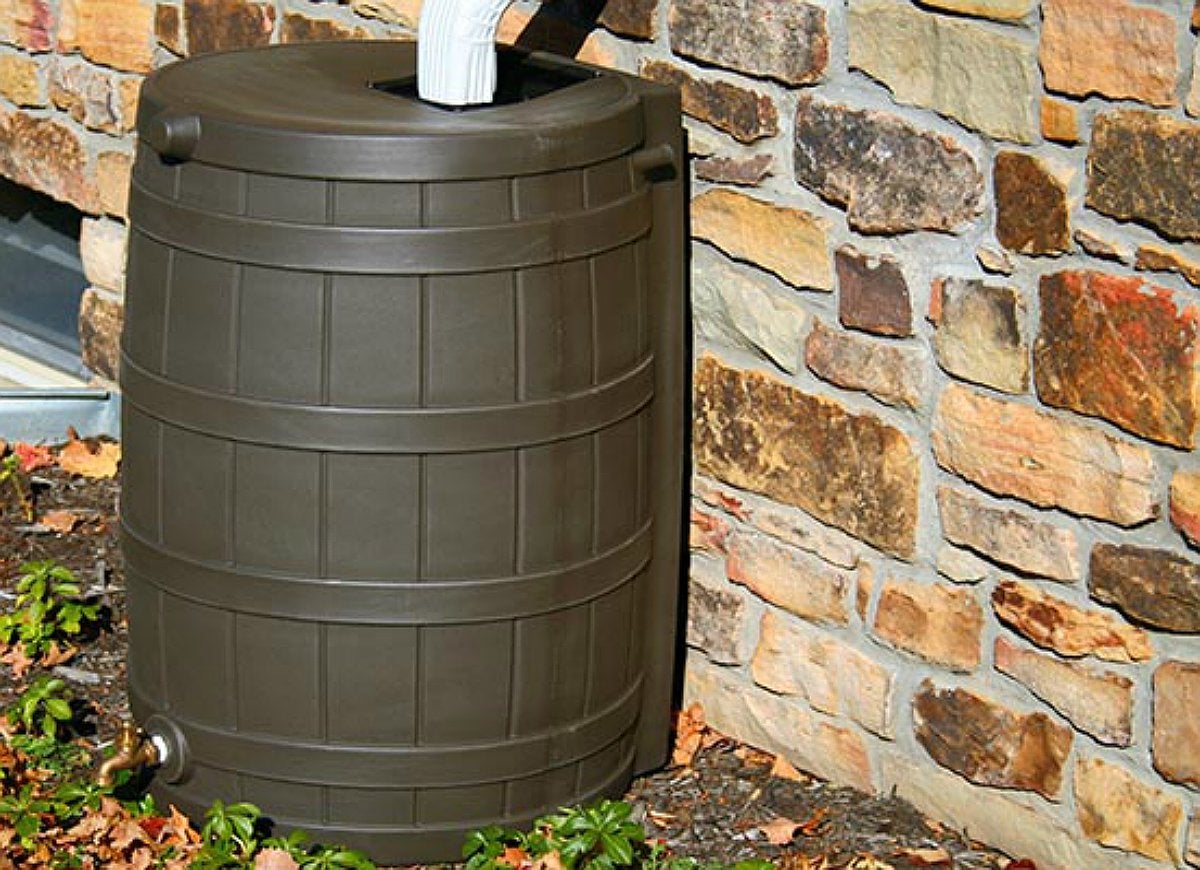
There’s perhaps no better way to save water in the garden than by collecting what nature provides. Consider attaching a rain barrel to your home’s downspout to capture roof runoff. Save on costs by constructing your own rain barrel made from plastic garbage cans. Before embarking on this project, get familiar with local laws and ordinances, as rain collection is off limits in certain localities.
Go Native
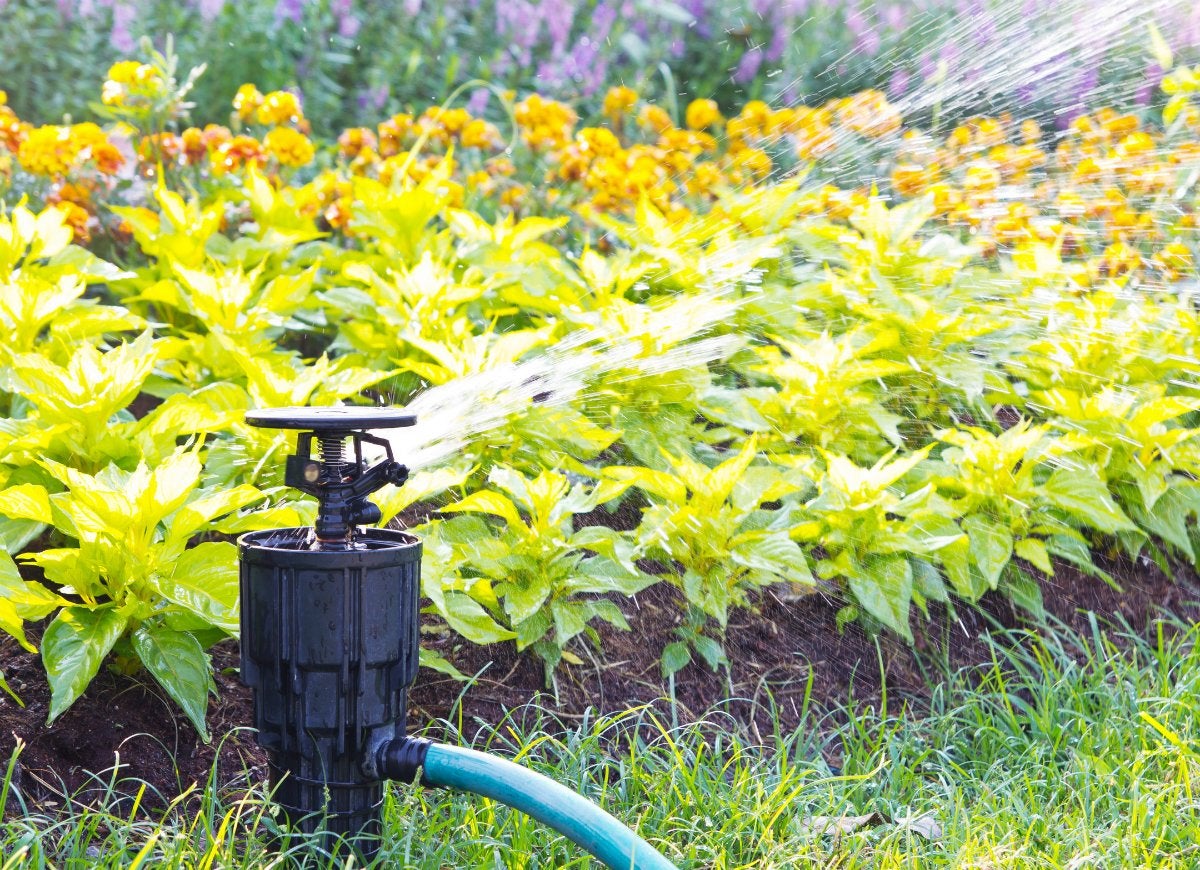
You can further cut costs in the yard by landscaping with drought-resistant grasses, flowers, shrubs, and trees. One of the most water-smart choices is to opt for native plants. These varieties have survived in the region for ages and are specially suited to thrive in local conditions, meaning they’ll require less care and fewer resources to maintain. When you do need to water, position sprinklers so that the water is going where it’s needed—on the plants—rather than on the sidewalk or driveway.
Related: 10 Plants to Never Grow in Your Yard
Reuse and Recycle
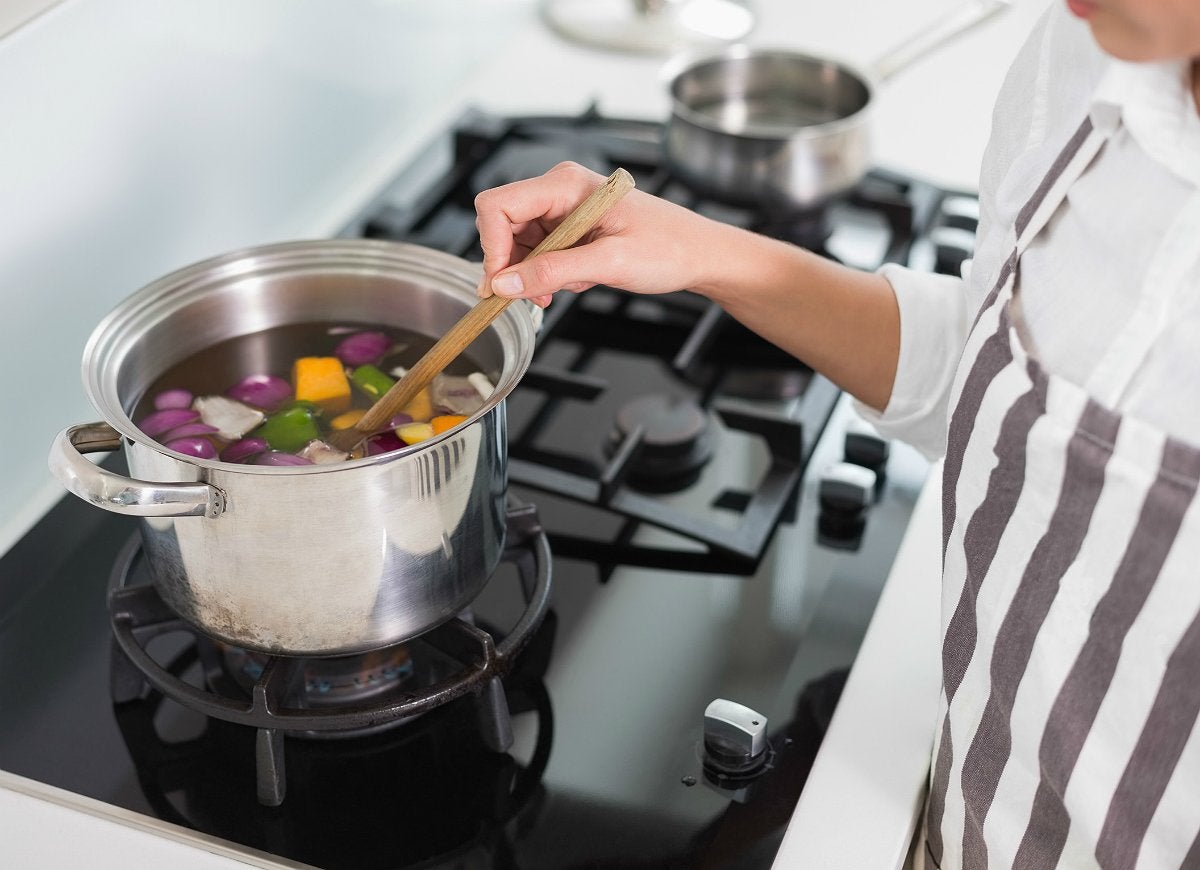
Get savvy about reusing water when you can. For example, don’t throw away the water left in drinking glasses or pet dishes—use it to water the plants instead. And those ice cubes that fall on the floor? Those can be placed directly into plant pots. The same goes for the water you use to wash vegetables. Additionally, water that’s been used to steam vegetables can be used as the foundation for a tasty soup or stock.
Cover the Pool
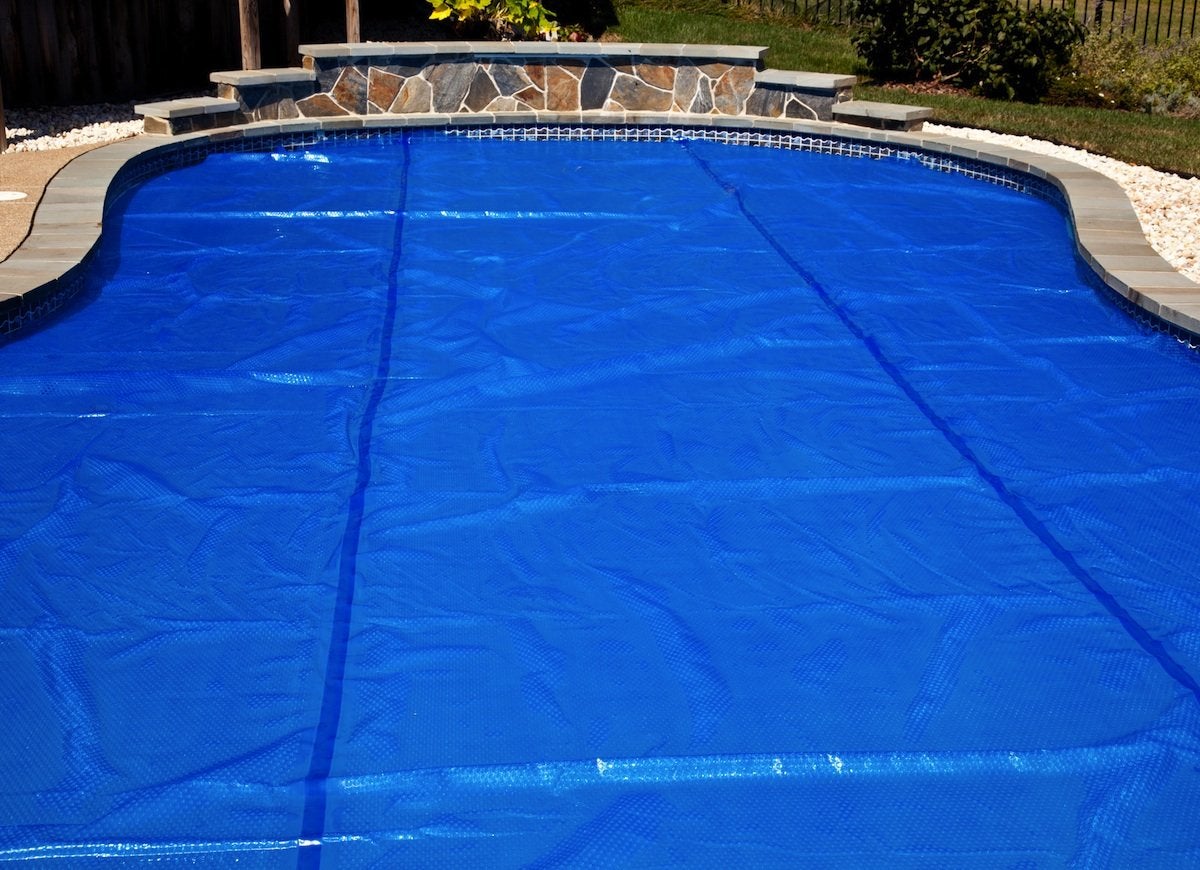
It’s no secret that pools account for a huge amount of water, which can be ordered trucked in or come from the garden hose in your own backyard. Regardless of how you fill the pool, it’s important to use a cover when not in use. This reduces evaporation, meaning you’ll need to refill it less frequently.
Let the Lawn Grow
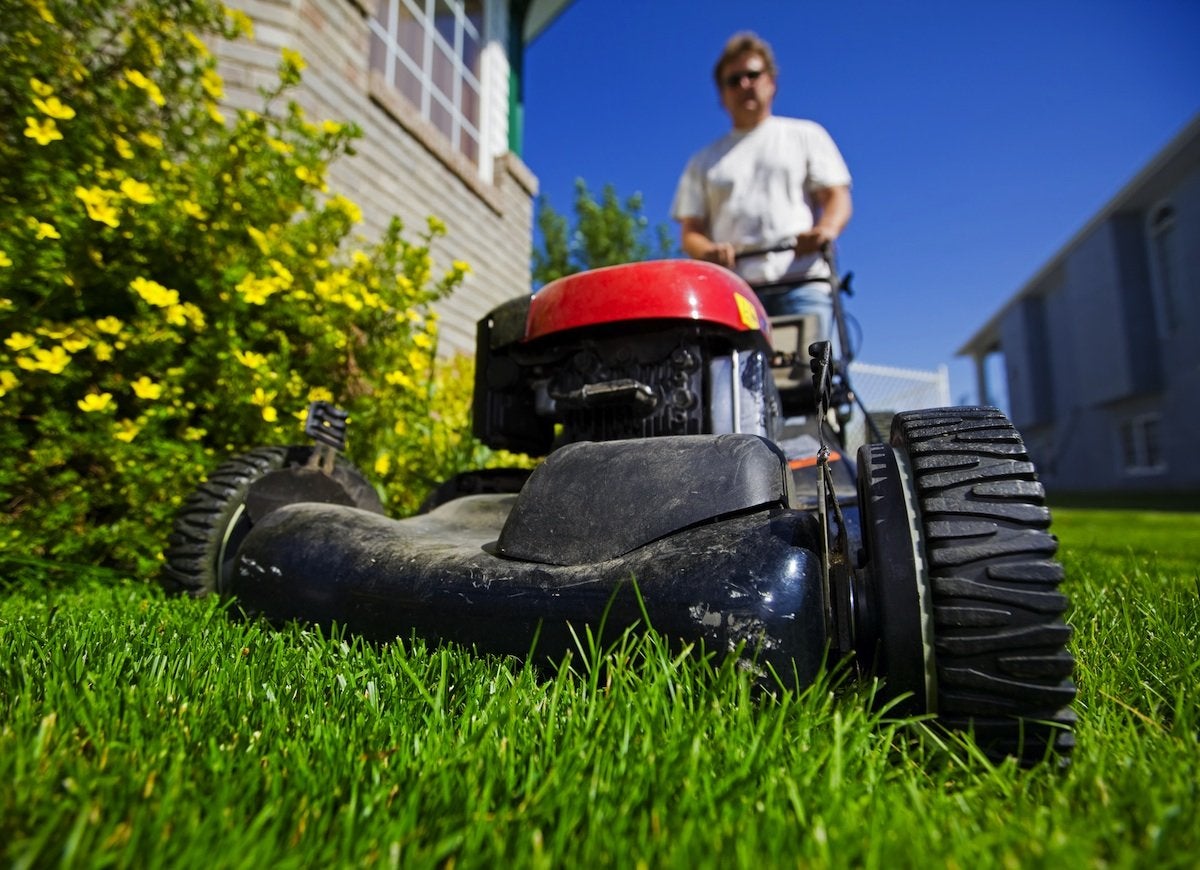
During lawn mowing season, adjust the lawn mower to a height of two inches. Taller grass shades roots and holds soil moisture better than shorter grass, so you’ll need less water to keep the grass green. Additionally, it pays to use a mulching mower, and leave the lawn clippings behind to hold in moisture.
Related: Ultimate Lawn Care Guide – 12 Steps to a Prize-Winning Yard
Drip Savings

Not only will these changes have a positive effect on your bill, you’ll also be doing your part in conserving water.

